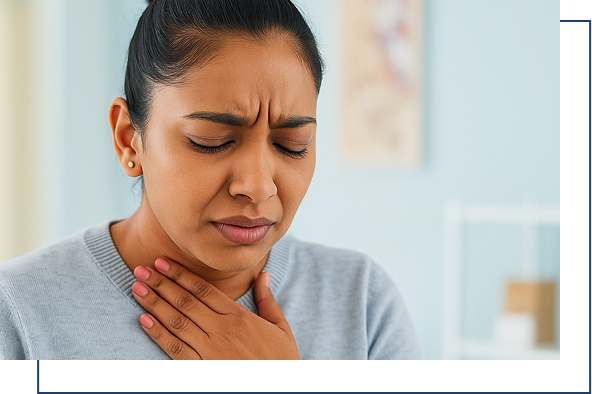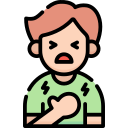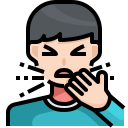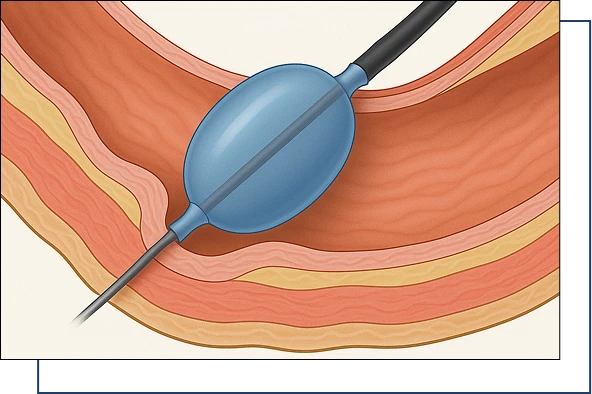Achalasia Cardia Treatment in Kolkata
Home > Esophagus Diseases > Achalasia Cardia
Overview
Achalasia Cardia is a rare disorder that affects the esophagus, the tube connecting the throat to the stomach. It occurs when the lower esophageal sphincter (LES) fails to relax and prevents food and liquids from passing smoothly into the stomach. Over time, this can lead to difficulty swallowing, regurgitation, and other complications.

Achalasia Cardia Symptoms
The most common symptom of achalasia cardia is dysphagia, which is difficulty in swallowing food and liquids. People with achalasia cardia may also experience:
Odynophagia, the condition of pain

Chest pain or discomfort, especially after eating

Persistent coughing or choking
Regurgitation of undigested food
Heartburn-like symptoms
Unintentional weight loss
Heartburn-like symptoms
Unintentional weight loss
Book An Appointment
Causes and Risk Factors
While the proper cause remains unclear, the condition may result from nerve damage or autoimmune reactions. In that case, your immune system might attack nerve cells that control food pipe muscles. However, some common risk factors include:
Autoimmune diseases, such as Chagas disease
Viral infections
Genetic predisposition
Age (most common between 30-60 years)
Evaluation
Proper diagnosis of Achalasia Cardia is essential to determine other conditions timely. If you are experiencing symptoms of achalasia cardia, Dr. Debjoy Sau, a leading achalasia cardia doctor in Kolkata, will recommend several tests to confirm the diagnosis.
Esophageal Manometry
Barium swallow X-ray
Upper endoscopy
CT scan


Management
There is no cure for achalasia cardia, but there are treatments that can help relieve symptoms.
Laparoscopic Heller myotomy
A surgical procedure that cuts the muscle fibers of the LES
POEM (peroral endoscopic myotomy)
A modern endoscopic procedure that cuts the muscle fibers of the LES
Balloon dilation
A procedure that uses a balloon to stretch open the LES
Botox injections
Injections of botulinum toxin into the LES to relax the muscle
Ulcerative colitis
Muscle relaxants or nitrates to ease LES tension

Preventions
After achalasia cardia surgery, patients are recommended to follow some aftercare practices for faster recovery and well-being.
Start with soft or liquid diets and gradually reintroduce solid foods as your doctor advises.
Regular check-ups with your specialist for better achalasia cardia management.
Drink plenty of water during meals to aid swallowing.
Avoid large meals, eat slowly, and stay upright for at least 30 minutes after eating.
Take prescribed medications.

Book An Appointment
FAQs
Know Your Answers
Is the condition life-threatening?
Though not immediately dangerous, untreated Achalasia can lead to complications. Early management is important.
Is achalasia cardia curable?
There is no cure for achalasia cardia, but treatments can help manage symptoms.
How long does recovery take after Achalasia surgery?
Most patients return home within 2-3 days and resume normal activities in 2 weeks with proper post-operative care.
Will I need to follow a special diet?
Initially yes. We’ll guide you through dietary modifications to help you eat comfortably.
What happens if it's untreated?
If left unattended, severe complications like esophageal dilation or aspiration pneumonia may develop.

